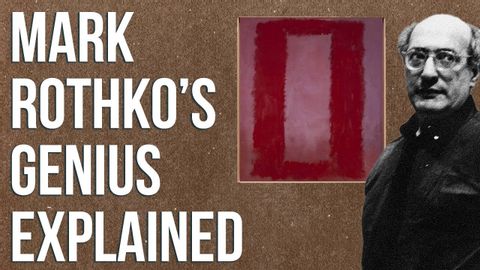羅斯科的藝術告訴我們關於苦難的道理 (What Rothko’s Art Teaches Us About Suffering)
Summer 發佈於 2023 年 01 月 17 日  沒有此條件下的單字
沒有此條件下的單字US /ɪˈmidiɪtli/
・
UK /ɪˈmi:diətli/
US /əˈɡrɛsɪv/
・
UK /əˈgresɪv/
- adj.激進;侵略性的;(疾病)快速發展的;積極的
- v.t.毀滅;破壞;使破産;使身敗名裂
- n. (c./u.)廢墟;毀滅;毀壞;(尤指經濟上的)崩潰;破產
US /ˈæpɪˌtaɪt/
・
UK /'æpɪtaɪt/
